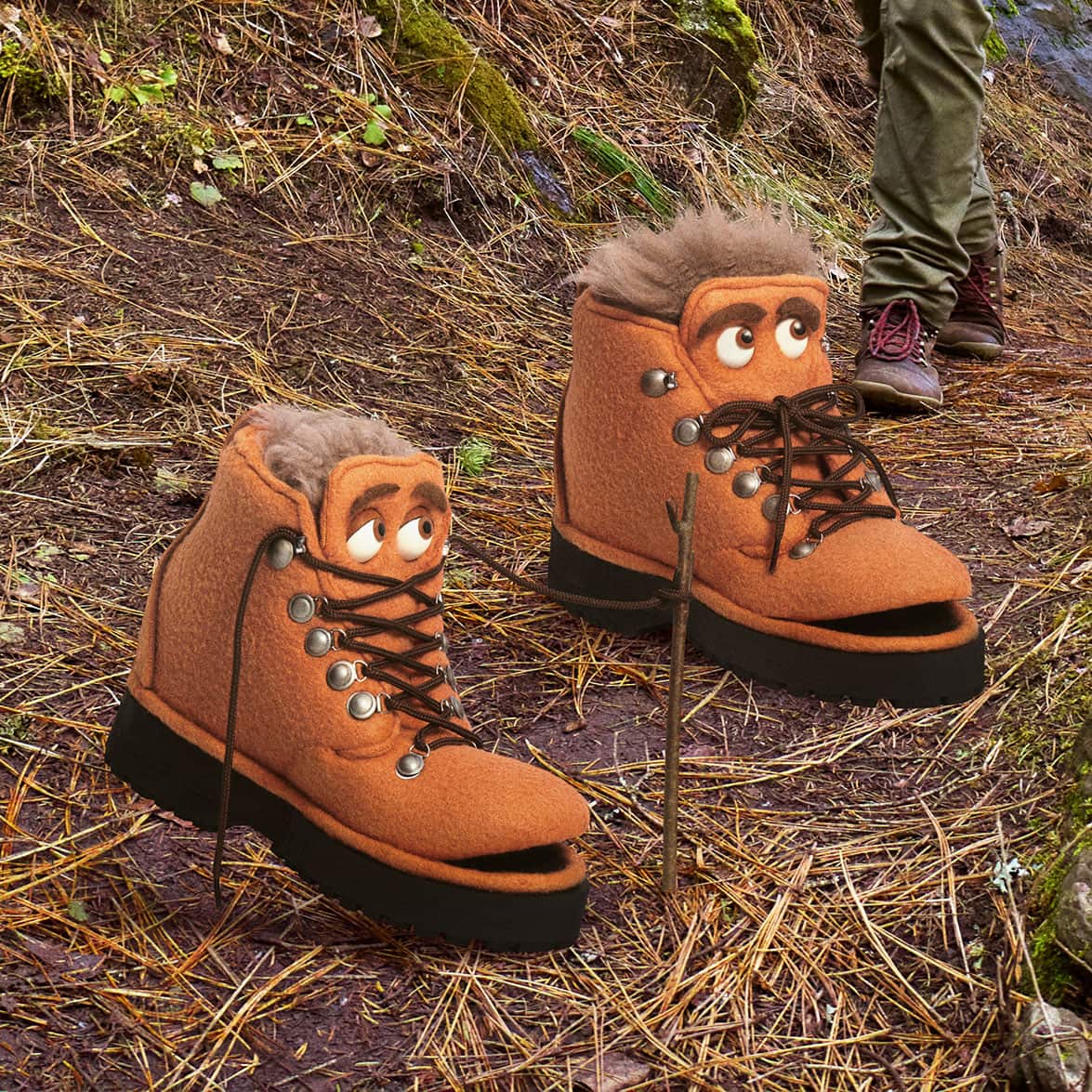Wildlife watching is big business in Oregon! It generates hundreds of millions of dollars to Oregon’s statewide economy.
But the habitats where hundreds of fish and wildlife species live are disappearing.
Grant McOmie reports that may be changing thanks to a new and unique program that brings art and nature together to save species.
Oregonians are in love with their wildlife; just ask the folks who visit some of the state’s most prized wildlife areas.
“I’m a native Oregonian and always been proud to be an Oregonian,” noted wildlife artist Dean Crouser. He was recently viewing the Roosevelt elk at the popular Jewell Wildlife Area in Northwest Oregon. “This is one more thing that makes it such a cool place to be.”
Oregonians spend hundreds of millions of dollars each year to travel and see wildlife or to buy food and lodging or equipment and clothing that make the wildlife viewing easier.
Yet – for all the money we spend to see fish and wildlife species across Oregon’s varied landscapes, nearly 300 native fish, wildlife and plant species are in big trouble because the places they live in called “habitats” are vanishing.
“Often times they’re declining…their habitats are small or there may be conservation issues and other threats to them,” noted Eric Rickerson, a wildlife manager with the Oregon Dept of Fish and Wildlife.
But this week, art and nature came together in Salem to help protect native species’ habitats thru a new art contest.
86 entries were evaluated by a panel of citizen-judges in Oregon’s first Habitat Conservation Stamp Contest held at the state’s Fish and Wildlife Headquarters.
Artists from across the country submitted entries that show Oregon species that are “most at risk,” like the Lewis Woodpecker, Fenders Blue Butterfly and even Oregon’s state bird, the “Western Meadowlark.”
Rickerson said the state bird is nearly extinct in western Oregon due to a lack of nesting habitat.
“The meadowlark is highly dependent upon native grasslands and while that habitat is more plentiful on the east side of the cascades, we have found that in the Willamette Valley – through urbanization and the sheer number of people- our native grasslands have shrunk significantly or disappeared entirely.”
The Oregon State Legislature approved the Habitat Conservation Stamp Contest in 2011 so the state’s wildlife agency could raise money to help wildlife.
The new $40 stamp will become a “collectible” according to Rickerson who added that the agency is hopeful the idea will catch on with the public.
“It is a voluntary purchase, so people can support it if they wish and the money will go right back on the ground to benefit these species.”
The judges evaluated the entries on a number of criteria including species’ accuracy, details of the habitat setting and general authentic accuracy of the rendition.
When judging was completed, a winner was announced: a Western Meadowlark – the Oregon State Bird, is seen perched on a branch with its beak open as though making its distinct and unmistakable call. Sara Stack, a North Bend, Oregon resident, painted the winning entry.
Rickerson said that Stack would receive $3,000, the state wildlife agency holds on to printing rights and the public gets a new chance to help wildlife.
“We’re really excited – this is a first and what we see as the beginning of building a program to help wildlife over the years.”
While the new Oregon Habitat Conservation Stamp will go on sale in June, you can actually make a purchase now.
You can visit any retailer who sells the Oregon Fishing and Hunting licenses and but the new HCS. You will receive a voucher for now until the stamps are printed in June. The agency will mail you the stamp at that time.
In addition to the new HSC stamp, you will also receive a free ODFW Wildlife Area Parking Permit that is valued at $22.It is required at many state wide viewing areas.
